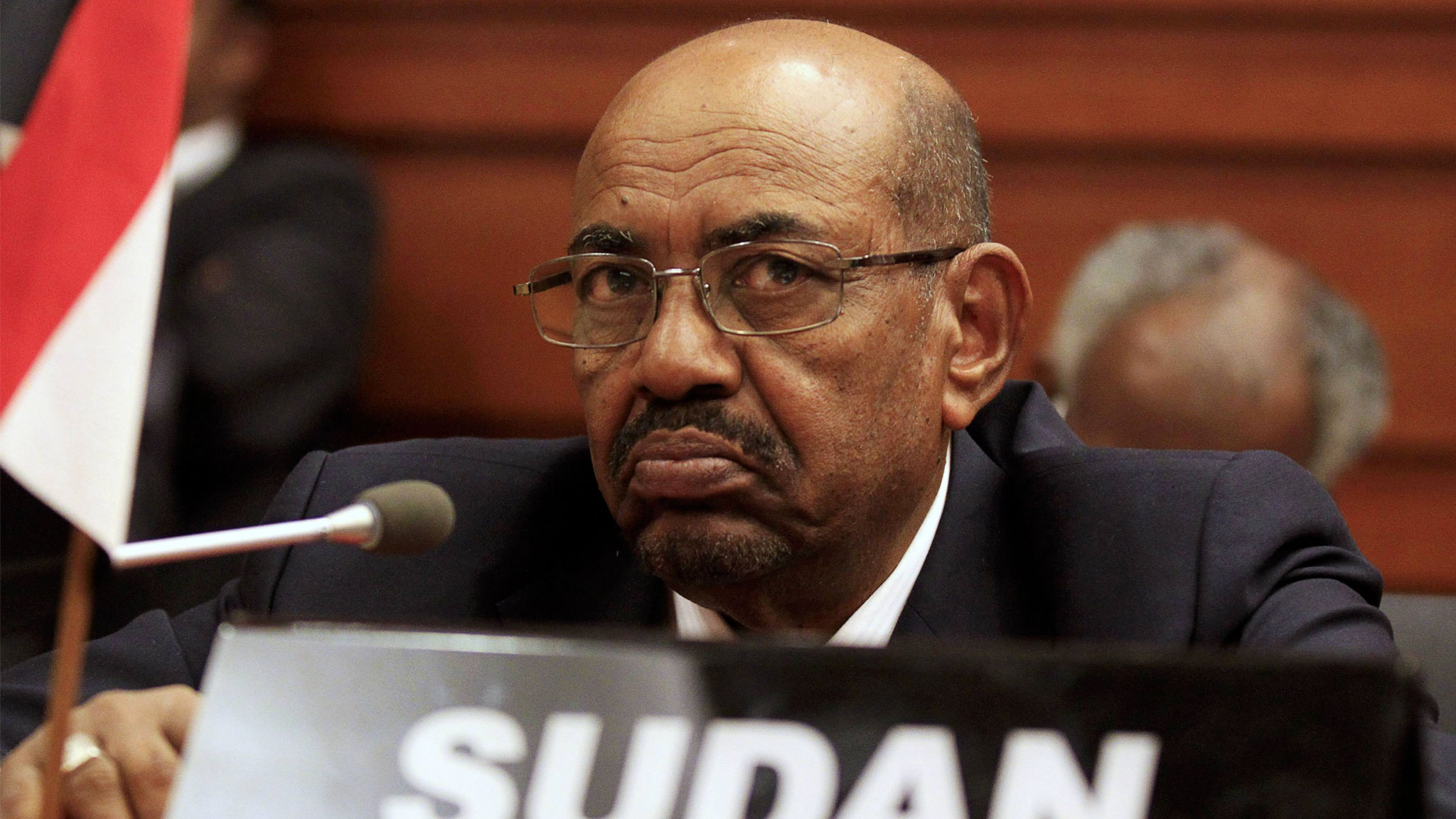EDITORIAL COMMENT: Enforce labour laws to protect children

Tuesday was the Day of the African Child.
It has been commemorated since 1991 when the Organisation of African Unity, now African Union, proclaimed it to honour the children who were massacred on June 16, 1976 by the apartheid regime of South Africa as they participated in a march demanding better education. More than just to reflect on the importance of better education, the day is now a moment when African countries focus attention on the more holistic wellbeing of their children.
It was purely by coincidence that on Tuesday we gleaned, from the Zimbabwe National Statistics Agency (Zimstat) 2014 Labour Force and Child Survey report, data on the high incidence of child labour in the country.
The figures were not meant to coincide with the Day of the African Child but the fact that we published in yesterday’s edition of The Chronicle, the sobering details 24 hours after a day that is focused on children, helped to amplify the continuing challenge of child labour that must be addressed. The International Labour Organisation defines child labour as work that is mentally, physically, socially or morally harmful to children and that interferes with their schooling.
According to the Zimstat report about half of the country’s children aged between the ages of five and 14 years are child labourers. It says 92,1 percent of them are unpaid for their work. Thirty seven percent of those who are paid hand over all their earnings to their parents or guardians through their employer while just 15.1 percent spend their money.
Children in rural areas are worst exploited as 50,6 percent of them are child labourers compared to 4,64 percent in urban areas.
“Three quarters of children,” said the report, “were working to help in household enterprise while 13.9 percent worked to supplement household income. For those in non-economic child labour, 1.16 percent were employed as child minders, 0.64 percent care for the sick and 0.55 percent are in housekeeping jobs.”
Matabeleland South has the highest proportion of child labourers at 73,2 percent. Harare and Bulawayo metropolitan provinces have the lowest cases —7,3 percent and 8,2 percent respectively. Mashonaland Central and Manicaland were pegged at 64,99 and 57,27 percent respectively. Matabeleland North was at 58,9 percent, Masvingo 67,49 percent, the Midlands 64,97 percent, Mashonaland West 39,3 percent and Mashonaland East 51,32 percent.
Child labour is most prevalent in the agriculture, hunting and fishing industries where 96,2 percent of them are employed in economic and non-economic activities.
The prevailing economic challenges and the resulting poverty, poor social protection systems and gaps in implementation of laws are key factors influencing the high cases of child labour. Furthermore, the HIV and Aids pandemic has spawned an army of orphans some of whom are taken in by guardians and others so isolated that they live on their own. It is children in the latter group who sometimes take up jobs. The breakdown of the family unit because of divorce, death, migration and other factors has also seen more children working for survival.
It is commonly agreed that the welfare of a country is best measured by the extent to which it takes care of its most vulnerable — its children, orphans, women, the elderly, and the disabled.
For this reason we demand more action to keep our children out of work; it is not yet time for them to work, now is the time for them to be looked after by their parents and relatives and if they have none, by their government.
The government should boost the Basic Education Assistance Module and target it more accurately on orphans and other vulnerable children, many of whom begin work too early because they are already out of school anyway. Beam is a useful starting point, but making primary education free would ensure that children are in school until they are at least 12 years old, thus limit the chances of them seeking employment. Other social protection interventions to provide much more than education are required — food assistance, accommodation and so on — so that children’s needs are attended to.
In addition, the government needs to do more to enforce labour laws and investigate labour-related complaints, including complaints involving child labour.
But a child takes up a job because there is an employer who is prepared to give it to him or her.
Employers know that child labour is illegal; that the minimum age for work, according to the Labour Act, is 15 years. In fact, the Employers’ Confederation of Zimbabwe sits on a national steering committee on child labour which is responsible for implementing the national action plan on the same.
However, some employers ignore the law, not because they are keen to help a child in distress, but because they know that child labour is extremely cheap. A child is too young to bargain for higher pay, and is always unskilled for any job so he or she is frequently poorly paid, if at all. We demand that the law be applied on such labour exploiters very strongly.











Comments